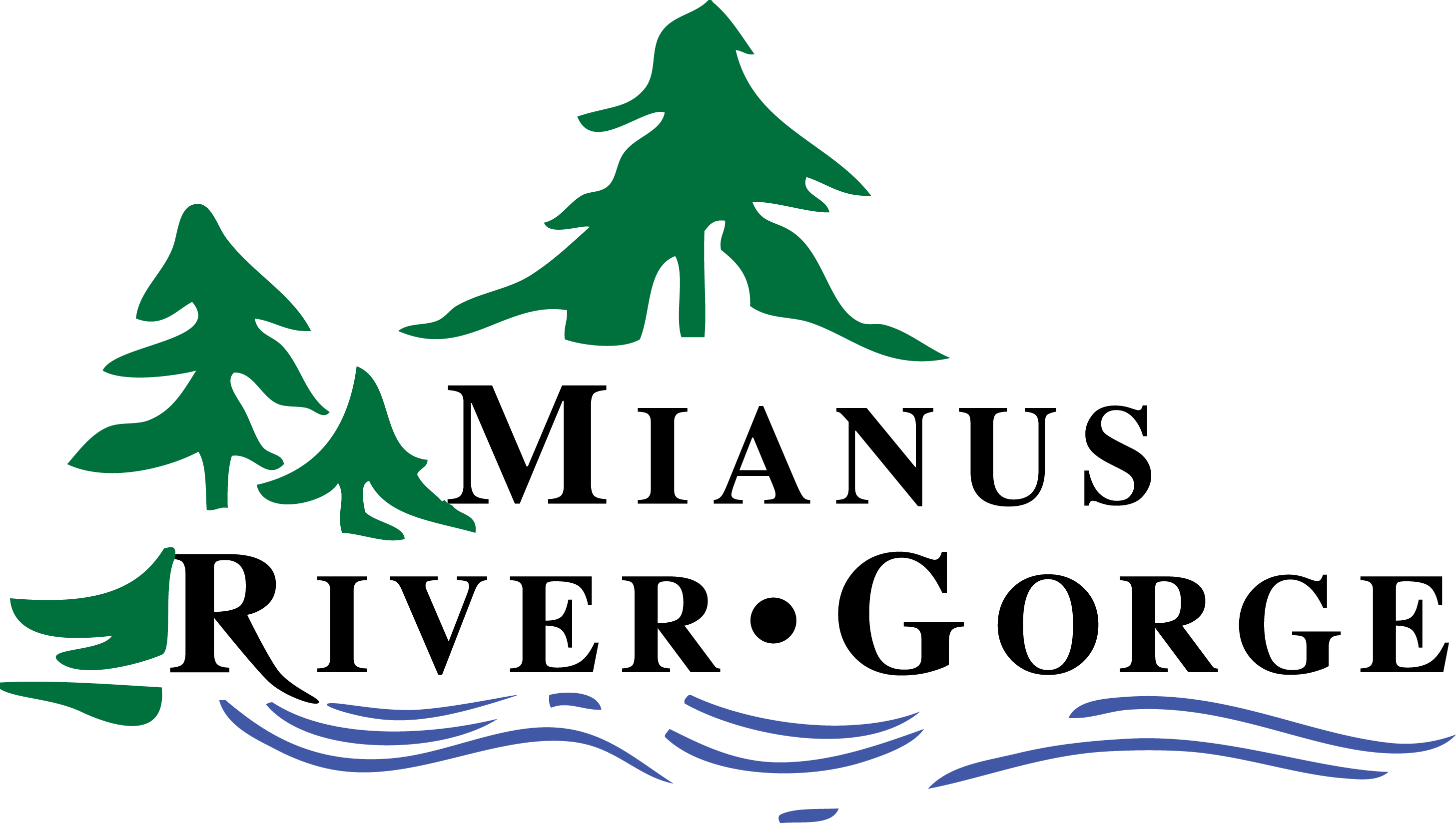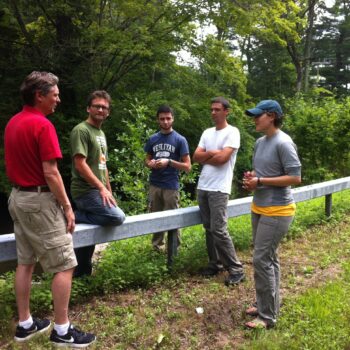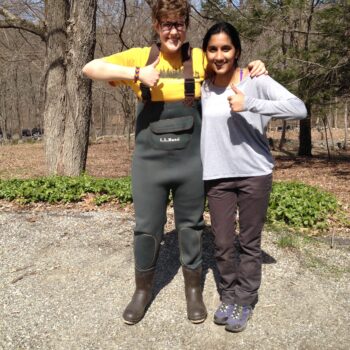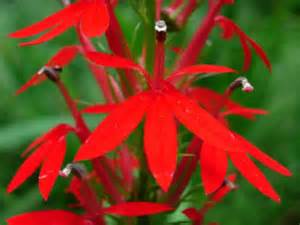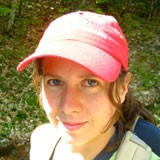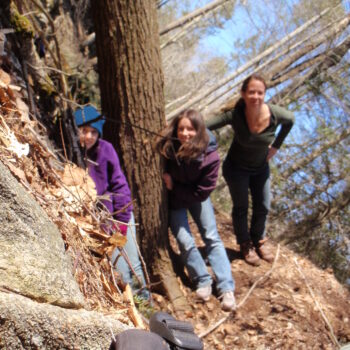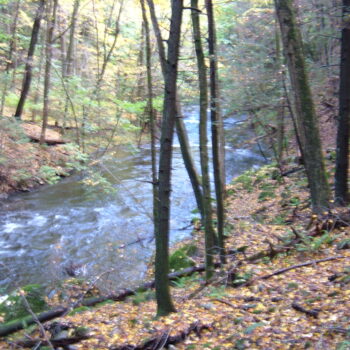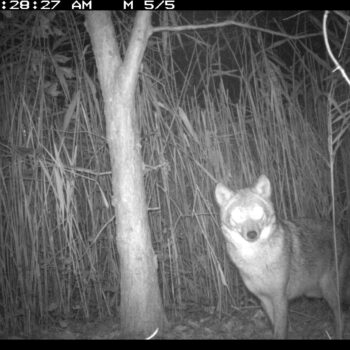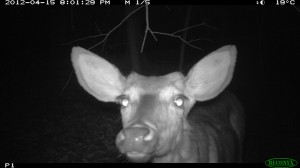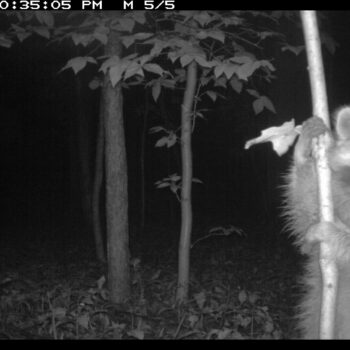2013 RAP Award SUNY ESF – Ph.D. Candidate Sustainable Mianus River Watershed Management Plans developed with Community-based i-Tree Hydro Modeling Through urbanization we have created an “urban biogeochemistry” that involves imbalances in watershed nutrient cycles, polluted waterways, and compromised ecosystems due to adverse interactions between society and the environment. Excess and bioavailable nitrogen is of […]
Lakshmi Mahajan
Wildlife Tech Class of 2016Ardsley High SchoolMentor: Emily Stephan (SUNY ESF) Project: Incorporating spatially explicit soil infiltration rates into i-Tree watershed models Project Status: Completed Project Description: Nitrate pollution is an increasing problem in urban watersheds such as the Mianus River Gorge due to an increase in industry and urban sprawl. Denitrifying bacteria in the nitrogen cycle […]
Sarah Cosmedy
Wildlife Tech Class of 2016Ursuline AcademyMentor: Chris Nagy (MRG) Project: Wildflower regeneration in post-agricultural forests and potential for restoration Project Status: Completed Project Description: Many factors have inhibited the growth of wildflowers in forests in the Northeastern United States. Limiting factors include overabundant white-tailed deer population and altered or disturbed soil conditions in these post-agricultural forests. As […]
Rebecca Walling
2012 RAP Award SUNY ESF – Masters Candidate Measuring the Damage Caused by Invasive Earthworms in Hemlock Forests Since colonization, people have introduced earthworms to our environment. In the northern United States, there are no native earthworms. Earthworms are popularly thought of as beneficial; fishermen use them as bait, farmers add them to their fields, […]
Rebecca Raffo
Wildlife Tech Class of 2015Somers High SchoolMentor: Rebecca Walling (SUNY ESF) Project: Patterns of plant biodiversity and invasive earthworm densities at the Mianus River Gorge. Project Status: Completed Project Description: Since the 1700s, earthworms from Europe and, more recently, Asia have been introduced to North America and have been reproducing and expanding since. These organisms […]
Dylan Graham
Wildlife Tech Class of 2015Pleasantville High SchoolMentors: Chris Nagy (MRG) and Sheila Saia (Cornell University) Project: Aquatic macroinvertebrate diversity upstream and downstream of three road runoff entry points. Project Status: Completed Project Description: Stormwater runoff from roads into waterways can alter water chemistry and greatly reduce water quality. The spotty nature of these runoff inputs […]
Kelly Duhigg
Pace Univeristy – Master’s Candidate Density, activity and movement patterns over a managed white-tailed deer herd Kelly is using camera traps to survey spatial and temporal changes in white-tailed deer populations residing within the Mianus River Gorge preserve. The goal of this project is to determine if deer management programs have reduced local deer population […]
Steven Yoo
Wildlife Tech Class of 2014Mamaroneck High School Project: Using Automatic Species Recognition Software to Identify Animals in our Wildlife Camera Project Status: Completed Camera traps have been used as an effective way to sample wildlife. However, biologists often have to sort through a large number of pictures to find a few photos of their target species. The […]
Lucia Tonelli
Wildlife Tech Class of 2014Ossining High SchoolMentors: MRG Staff and Dan Aitchison (Westchester County Parks) Project: Improving the Camera Trap Abundance Estimates of White-Tailed Deer Project Status: Ongoing Project Description: MRG uses camera traps to monitor deer abundance. This method relies on high quality photographs of branch-antlered deer. Lucia will be experimenting with lures to see if […]
Shannon Reddy
Wildlife Tech Class of 2014Blind Brook High SchoolMentor: Chris Nagy (MRG) Project: Using Camera Traps to Test the Efficacy of Hair and Box Traps for Sampling Suburban Carnivores Project Status: Completed Project Description: Mammalian carnivores, such as the coyote (Canis latrans), are often difficult to monitor in the wild because of their secretive nature and low […]
